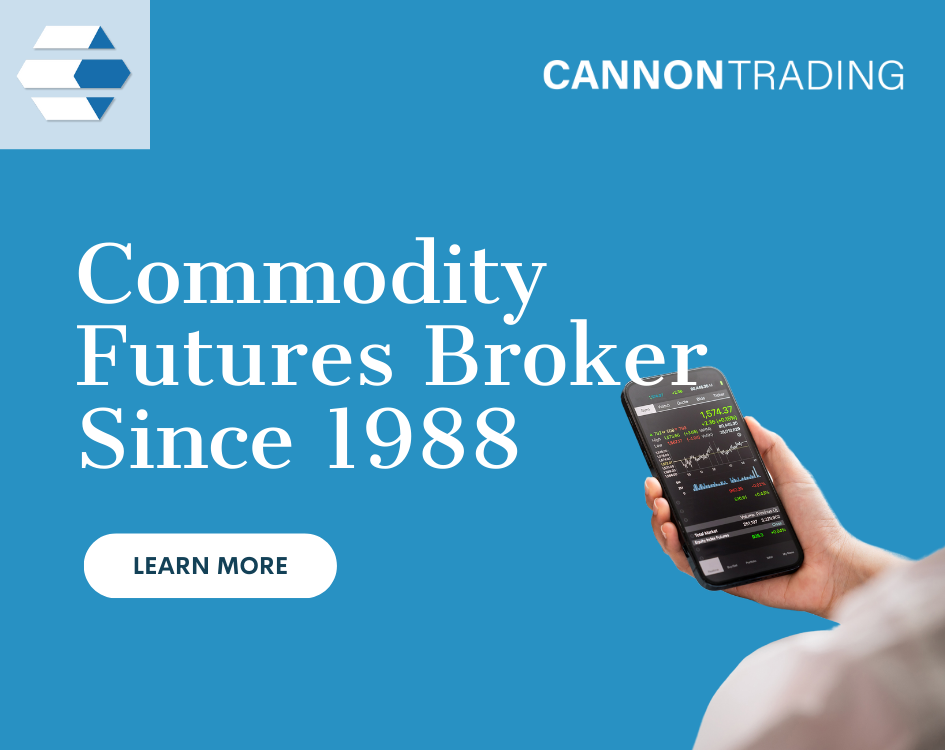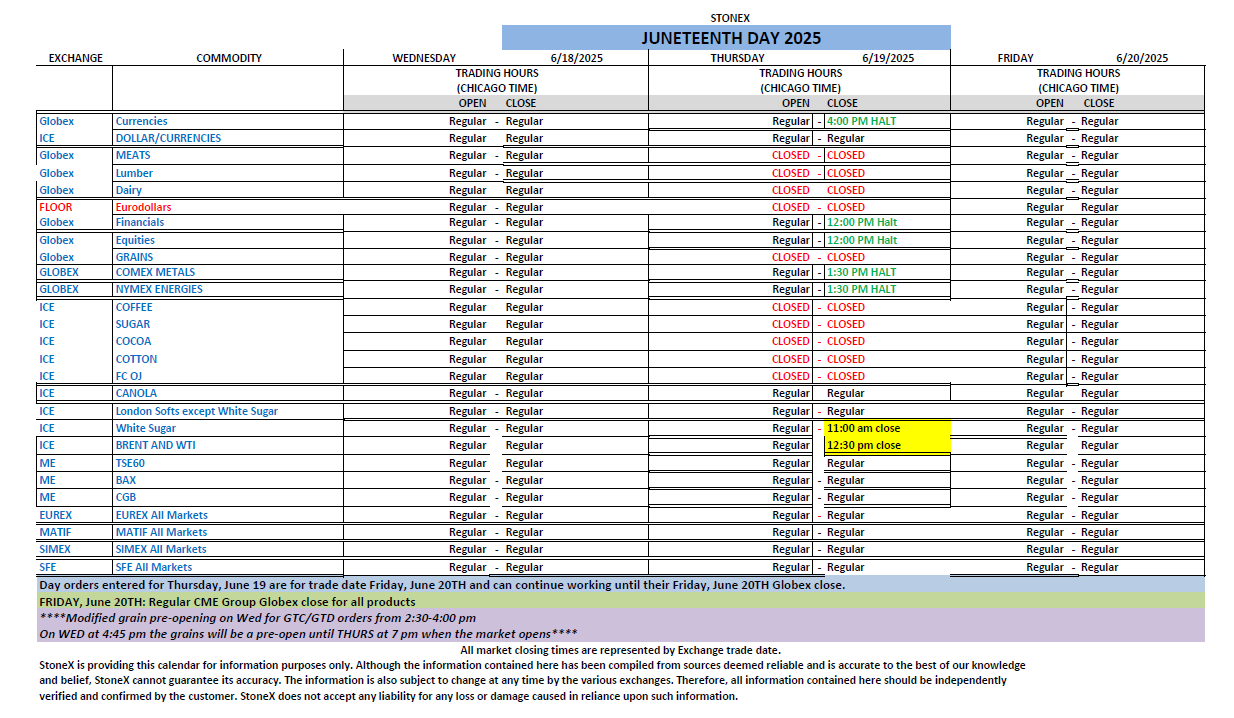In the fast-paced realm of futures markets, selecting the right online futures trading platform is essential to long-term success. Among the myriad options available, the MotiveWave Futures platform stands out for its precision, scalability, and broad feature set. Designed for serious traders who value in-depth analysis and intuitive design, MotiveWave delivers both performance and flexibility.
This comprehensive guide explores the key features, advantages, and strategic benefits of using MotiveWave. We also explain why Cannon Trading Company is the ideal brokerage partner to help you leverage the full potential of the platform.
What is the MotiveWave Futures Platform?
The MotiveWave Futures platform is a powerful and versatile trading solution that caters to both beginners and advanced market participants. Known for its cutting-edge charting capabilities and algorithmic trading infrastructure, it has steadily become one of the most talked-about tools in the industry. Originally designed for forex and equities, it now holds a firm position as a top online futures trading platform.- I am not sure if this is true or not about Forex and equities.
From advanced analytics to real-time market data, the MotiveWave ecosystem offers an ideal trading environment. Whether accessed through MotiveWave desktop or mobile, the platform’s versatility allows traders remain connected to the markets.
Key Features That Define the MotiveWave Futures Platform
- Advanced Charting Suite
At its core, MotiveWave offers over 300 built-in studies, indicators, and drawing tools. The platform supports wave analysis techniques such as Elliott, Gann, and Fibonacci. These tools are essential for conducting high-level technical analysis. The interactive charts are particularly useful for those who rely on visual cues and price action patterns.
- Algorithmic Strategy Builder
MotiveWave includes a drag-and-drop Strategy Builder that requires no coding knowledge. This tool allows users to create and test automated trading strategies. Developers can go further using MotiveWave’s Java SDK for custom-built solutions. This makes MotiveWave trading flexible enough for both retail and institutional-level traders.
- Realistic Market Replay
One of the more unique tools in the MotiveWave demo suite is its market replay mode. This feature simulates historical market conditions so users can test and tweak strategies in a “real-time environment.” Real-time means, you can simulate the previous daily history. It’s an ideal feature for new users learning the ropes or experienced traders refining their edge.
- Extensive Broker and Feed Integration
The platform supports integration with major brokers and data feeds such as CQG, Rithmic, Certainly want to avoid Interactive Brokers LOL and Cannon Trading- how about us!. This ensures the delivery of reliable market data and efficient order execution. These integrations further establish it as a top-tier online futures trading platform.
- Scalable Licensing Packages
Depending on your trading goals, you can choose from various MotiveWave editions—ranging from basic to professional tiers. The MotiveWave price structure ensures both affordability for beginners and depth for professionals. The flexibility in packages ensures users pay only for what they need.
- Smart Notifications
Users can set up alerts for technical triggers, market levels, or economic events. These alerts can be pushed to email, desktop, or mobile, keeping traders informed regardless of their location. Whether you’re using MotiveWave desktop or mobile, real-time alerts provide oppurtunity for every market move.
- MotiveWave Mobile Access
The mobile platform is intuitive, lightweight, and provides access to core functionalities. Traders on the go can view charts, place orders, and manage risk without being tied to their MotiveWave desktop. This convenience supports a fully mobile trading lifestyle.
- Custom Workspaces
Personalizing your layout is simple with MotiveWave’s customizable workspaces. Users can configure chart layouts, color themes, and toolbars to fit their workflow. This helps reduce cognitive fatigue and streamline operations.
- Comprehensive Order Types
MotiveWave supports complex order types including bracket orders, trailing stops, and OCOs. This full-spectrum order management system gives users precision over entry and exit points.
Try a FREE Demo!
Navigating MotiveWave Login and Installation
The MotiveWave login process is simple yet secure. With support for two-factor authentication and user-customized dashboards, the login ensures both protection and personalization. Once users initiate the MotiveWave download, the installation process is quick and supports all major operating systems—Windows, Mac, and Linux.
Post-installation, you’re directed to the MotiveWave login screen where you can select your broker(Cannon Trading), apply saved workspace preferences, and begin trading. Users appreciate the seamless transition from installation to execution, which is crucial for time-sensitive market entry.
Is MotiveWave Free or Paid?
A frequent question among beginners is: Is MotiveWave free? The answer depends on your usage. The company offers a MotiveWave demo or trial version with limited features, allowing users to evaluate the interface and functionalities before committing financially.
While the full suite requires a license, the MotiveWave price tiers accommodate all levels. From basic to ultimate editions, traders can choose what aligns with their strategy and budget. Special pricing options are occasionally offered through partners like Cannon Trading, which can include discounts or extended demo periods.
So, is MotiveWave free in the full sense? No The MotiveWave demo access ensures every trader has a chance to test it out before investing. For the value delivered, most traders find the MotiveWave price more than justified.
Experience the MotiveWave Desktop Demo
For those wanting to dive deeper without risk, the MotiveWave desktop demo offers a comprehensive overview. It includes:
- Full charting capabilities
- Access to historical market data
- Functionality for simulated trades
- Interface with most supported data feeds
The MotiveWave desktop demo is designed to replicate the real experience as closely as possible. It’s an essential step for new users and also serves as a testing ground for veteran traders considering migration from another platform.
Running the MotiveWave desktop demo enables you to explore layout customizations, test automation strategies, and experience data integration first-hand. It’s the bridge between interest and full deployment.


Choosing MotiveWave is just the first step. The second—arguably more critical—step is selecting the right broker. Cannon Trading Company is the premier partner for maximizing your MotiveWave trading experience. Here’s why:
- 35+ Years of Market Presence
Established in 1988, Cannon Trading brings deep industry knowledge and an excellent track record. Their longevity adds a layer of trust and credibility that is valuable when navigating volatile markets.
- Regulatory Trustworthiness
Cannon Trading is fully registered with the CFTC and is a proud member of the NFA. Traders working with regulated brokers like Cannon benefit from protections not available elsewhere.
- Strong Client Testimonials
Multiple verified reviews rank Cannon Trading highly on platforms like TrustPilot. These testimonials reflect consistent service, professionalism, and customer satisfaction.
- Access to Multiple Platforms
While MotiveWave is a highlight, Cannon Trading also provides over a dozen online futures trading platform choices. Many of these are free, adding flexibility and reducing costs for clients.
- Premium Onboarding and Support
Clients receive full assistance during the MotiveWave demo or full deployment phase. From MotiveWave login setup to data feed selection, Cannon Trading ensures a smooth onboarding process.
- Cost-Efficient Solutions
Cannon Trading offers competitive commissions and pricing models. Combined with the MotiveWave price flexibility, it results in a value-driven trading package.
Try a FREE Demo!
MotiveWave Review Highlights
Most user-generated MotiveWave review content praises the platform’s versatility, professional-grade charting tools, and integration capabilities. Traders note the ease of setting up their workspace and the power of strategy automation.
A common sentiment across each MotiveWave review is that the platform is both beginner-friendly and deep enough for institutional use. Whether you’re accessing the MotiveWave desktop demo or live trading through a full license, users report a consistently intuitive and robust experience.
New traders benefit from Cannon’s educational content, while experienced traders enjoy real-time support and system stability. It’s this balance that gives each MotiveWave review a strong, positive tone.
Is MotiveWave Right for You?
To wrap it all up, the MotiveWave Futures platform offers everything from elite charting to robust automation. It is an ideal match for traders looking for a flexible, customizable, and professional online futures trading platform.
Pairing this cutting-edge software with a seasoned broker like Cannon Trading gives you both the tools and support needed for success. If your goals include serious MotiveWave trading, there’s no better combination than MotiveWave and Cannon Trading.
Try a FREE Demo!
Ready to start trading futures… Call us at 1(800)454-9572 (US) or (310)859-9572 (International), or email info@cannontrading.com to speak with one of our experienced, Series-3 licensed futures brokers and begin your futures trading journey with Cannon Trading Company today.
Disclaimer: Trading Futures, Options on Futures, and retail off-exchange foreign currency transactions involve substantial risk of loss and are not suitable for all investors. Past performance is not indicative of future results. Carefully consider if trading is suitable for you in light of your circumstances, knowledge, and financial resources. You may lose all or more of your initial investment. Opinions, market data, and recommendations are subject to change at any time.
Important: Trading commodity futures and options involves a substantial risk of loss. The recommendations contained in this article are opinions only and do not guarantee any profits. This article is for educational purposes. Past performances are not necessarily indicative of future results.
This article has been generated with the help of AI Technology and modified for accuracy and compliance.
Follow us on all socials: @cannontrading













